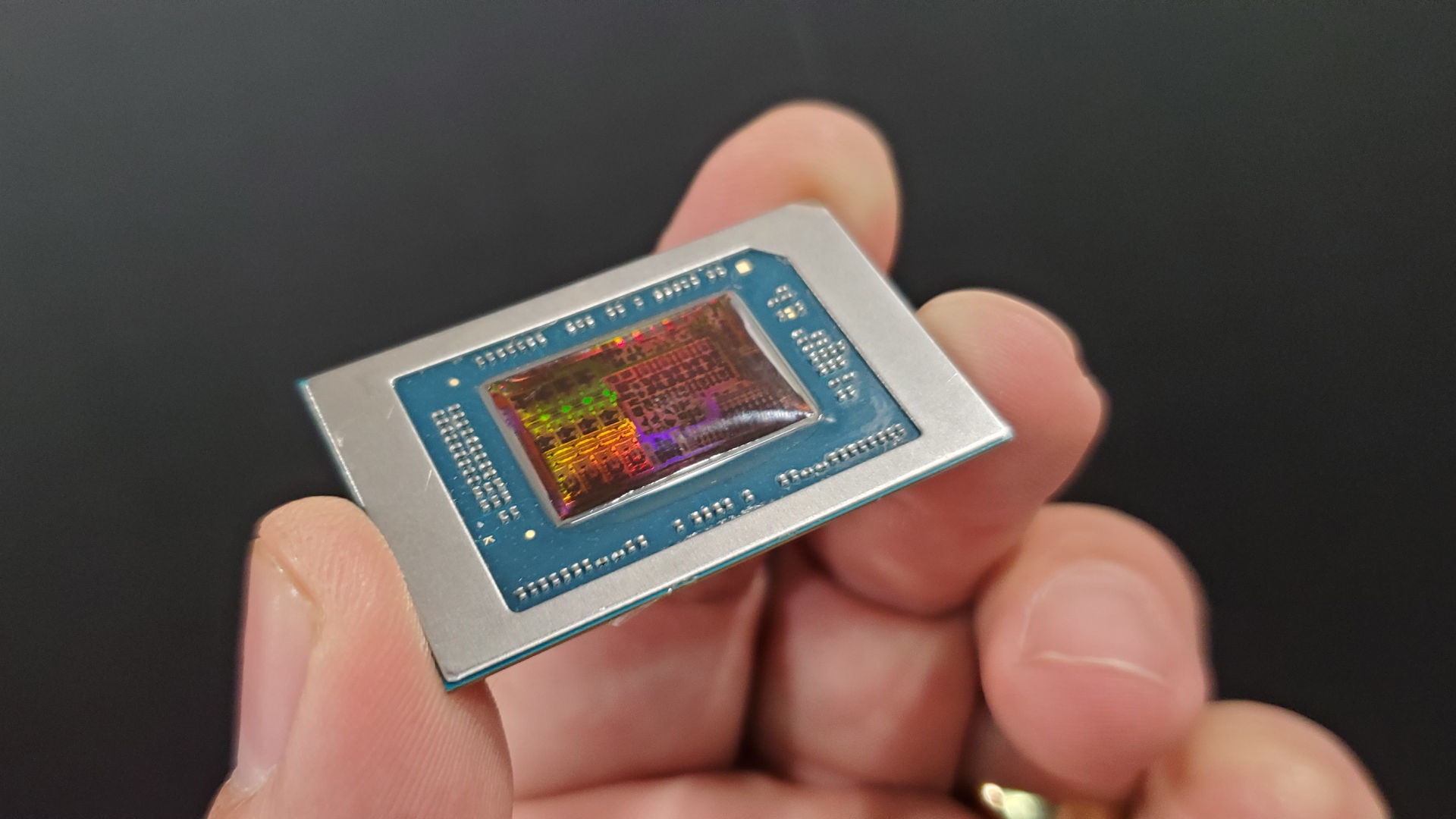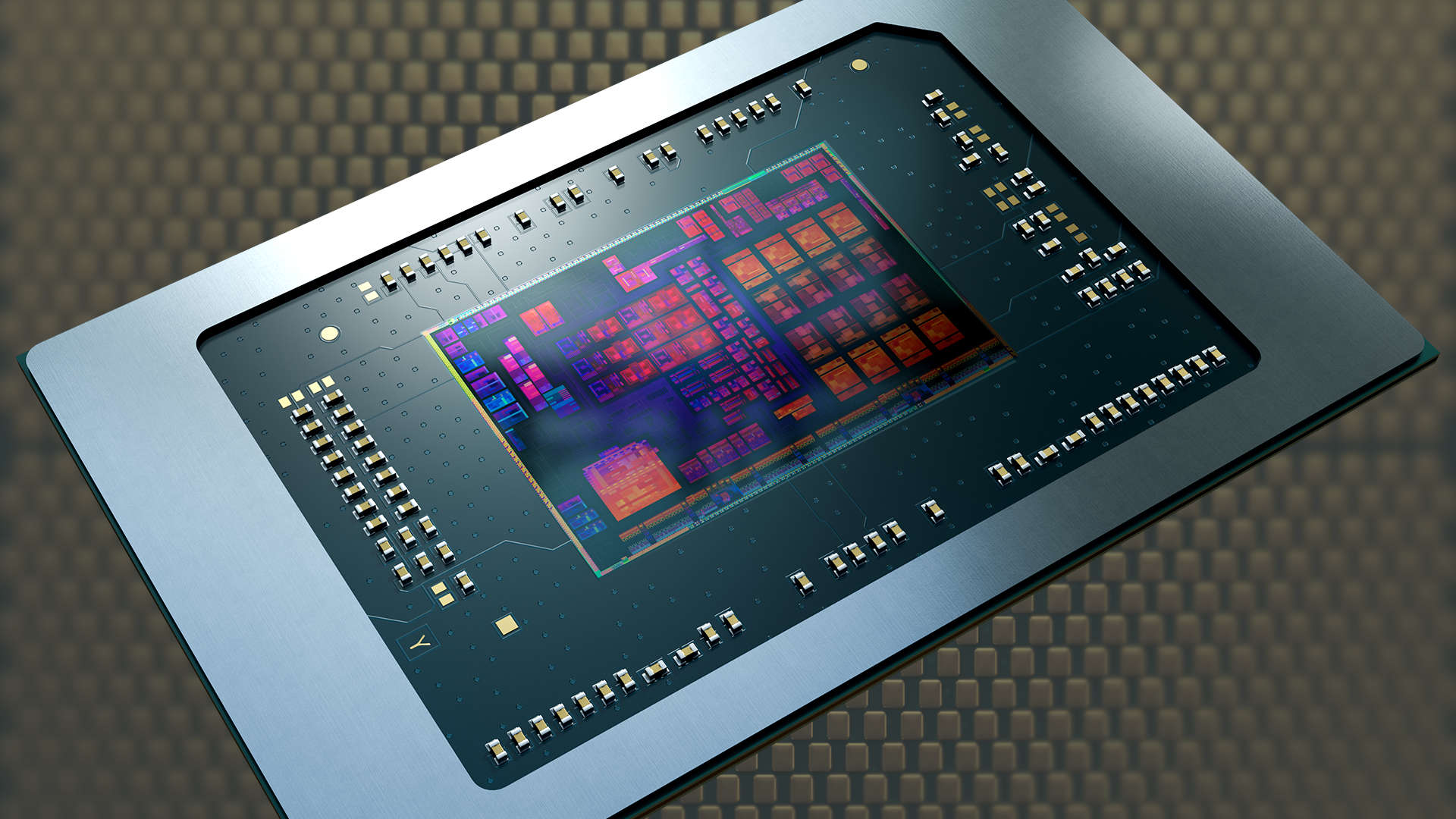The first technical deep dive of the Zen 5 architecture is here, with preliminary benchmarks supporting AMD's IPC claims
It looks like AMD's new laptop cores are going to be quite a bit less capable than their desktop counterparts, though.

It's been almost a month since AMD unveiled its Zen 5 processor architecture and new range of Ryzen CPUs at Computex 2024. Still, with no products on retailers' shelves just yet, we've not had word on how much better the new design is than its predecessor, Zen 4. However, one lucky person has managed to get their hands on an engineering laptop sample with a Strix Point APU and run a full gamut of in-depth architecture tests on it.
The findings were posted by David Huang on his blog and before going any further into what he discovered, it's worth noting the laptop used isn't a retail version, so the figures could well change once vendors officially launch their Zen 5-powered models. Unlike the desktop Ryzen processors, Strix Point is a monolithic chip—i.e. A single piece of silicon that contains the CPU cores, GPU, memory controllers, NPU, etc.
Officially branded under the Ryzen AI 300 moniker, Huang tested a laptop sporting the Ryzen AI 9 365. This has four Zen 5 cores, boosting to around 5 GHz, and six compact Zen 5c cores, with a maximum clock speed of around 4 GHz. But it's worth noting the Zen 5 cores in the Strix Point APU aren't exactly the same as those used in the upcoming desktop Ryzen 9000-series chips.
The first difference is the amount of L3 cache on tap—where each CCD (Core Complex Die) chiplet in the Ryzen 9 7950X gets 32MB of cache, for example, AMD has taken the unusual step of giving the 'normal' and compact cores different amounts. In the case of the Ryzen AI 9 365, the four Zen 5 cores have 16MB of L3 cache, whereas the six Zen 5c cores have to share half that amount, just 8MB.
All of the cores in Strix Point also have reduced vector/SIMD pipelines, compared to Zen 4 APUs. For example, doing any 128-bit or 256-bit integer vector operations results in half the throughput, per clock cycle, of the Zen 4 cores in the Ryzen 7 7840U processor (512-bit ops remain unchanged).
However, Huang observed that Strix Point's Zen 5 cores had noticeably better throughput in scalar operations compared to Zen 4, and the handling of thread branching is much better, too. There are other gains over the previous architecture, such as being able to fetch up to twice the number of instructions when using two threads per core and much better read performance from the L2 cache.
Huang carried out a decent amount of testing in the time he had with the laptop, so it's worth delving into his blog to learn more about the changes AMD has implemented in Zen 5. It's a very technical read, of course, and such throughput figures don't always translate well into real-life applications.
The biggest gaming news, reviews and hardware deals
Keep up to date with the most important stories and the best deals, as picked by the PC Gamer team.

Strix Point has been steadily popping up on the Geekbench v6 results database and one such recent entry (dated June 24) has a Ryzen AI 9 370HX (same as the 365 but with eight Zen 5c cores and higher boost clocks) with a single thread score of 2,795 and a multithreaded score of 14,124. I ran the benchmark on my Asus ROG Ally, which has an AMD Z1 Extreme APU (basically just a renamed Zen 4 Ryzen 7 7840U chip) and that got 2,457 and 11,155 respectively.
Geekbench sometimes has issues reporting CPU specifications correctly, especially ones that aren't officially available yet, so the results should still be taken with a pinch of salt. That said, while an increase of 14% in the single thread score somewhat tallies with AMD's claims that Zen 5 has a 16% IPC increase over Zen 4, the 27% increase in the multithreading score is a little more complicated to break down.

Best gaming PC: The top pre-built machines.
Best gaming laptop: Great devices for mobile gaming.
The Ryzen AI 9 370HX has 12 cores, 24 threads in total, whereas the Z1 Extreme has eight cores, 16 threads. However, in the case of the former, where Geekbench is reporting a recorded clock of 4,825 MHz, that's only for the Zen 5 cores; the Zen 5c ones will be running at least 800 MHz slower than this.
The eight cores of the Z1 Extreme aren't split like this so some of its eight full cores will be running much faster than those in the Zen 5+5c chip.
So while AMD's new Strix Point APUs support up to 50% more total threads than its predecessors, the slower clocks, smaller amount of L3 cache on the Zen 5 cores, and reduced integer vector throughput stop the new laptop chips from being as fast as you might think they could be. It probably won't make much difference in games, though, as the frame rate will still be limited by the integrated GPU.
Once we get our hands on some Zen 5-powered laptops, we'll know for certain and hopefully, we won't need to wait too long to find out.

Nick, gaming, and computers all first met in 1981, with the love affair starting on a Sinclair ZX81 in kit form and a book on ZX Basic. He ended up becoming a physics and IT teacher, but by the late 1990s decided it was time to cut his teeth writing for a long defunct UK tech site. He went on to do the same at Madonion, helping to write the help files for 3DMark and PCMark. After a short stint working at Beyond3D.com, Nick joined Futuremark (MadOnion rebranded) full-time, as editor-in-chief for its gaming and hardware section, YouGamers. After the site shutdown, he became an engineering and computing lecturer for many years, but missed the writing bug. Cue four years at TechSpot.com and over 100 long articles on anything and everything. He freely admits to being far too obsessed with GPUs and open world grindy RPGs, but who isn't these days?

